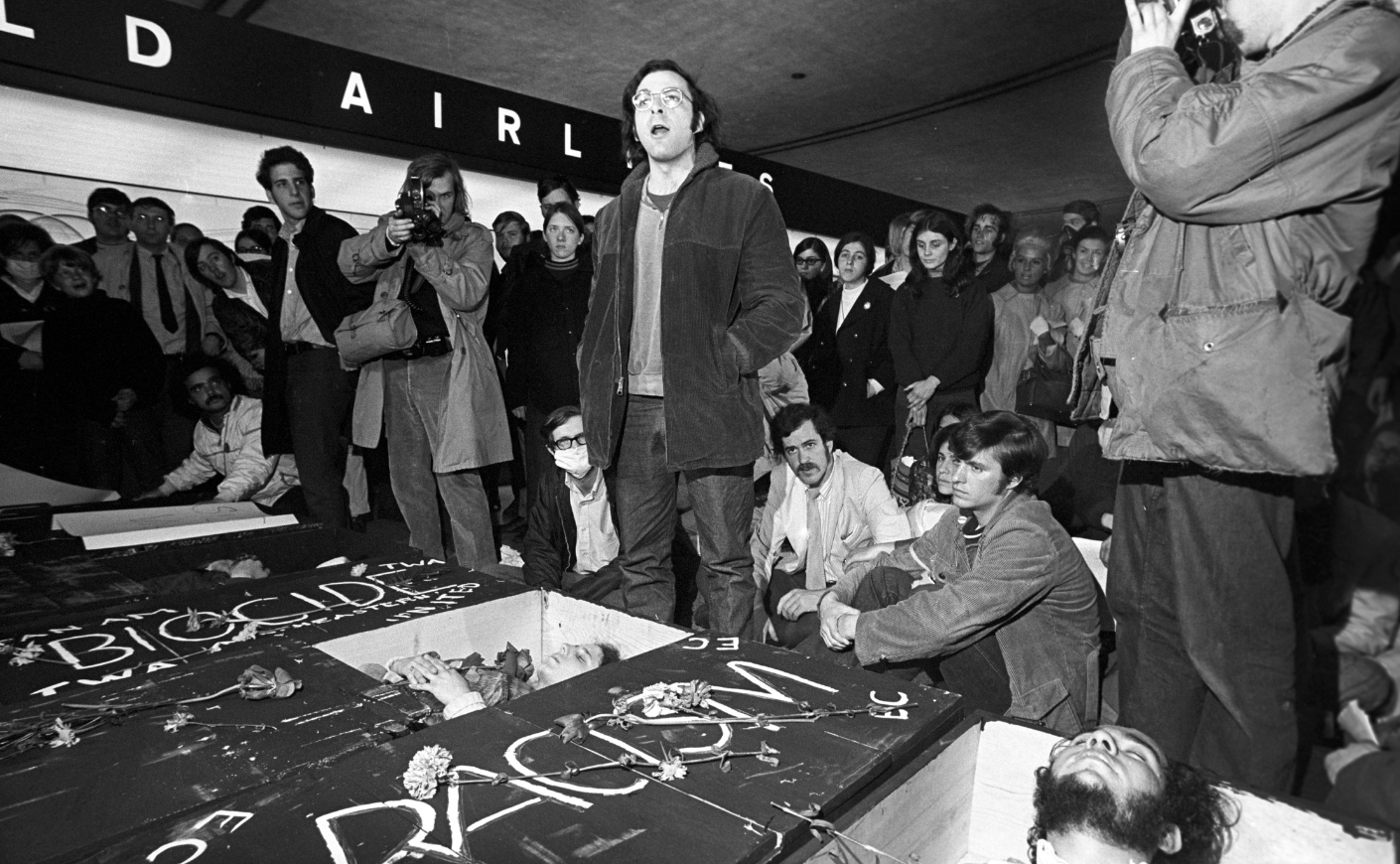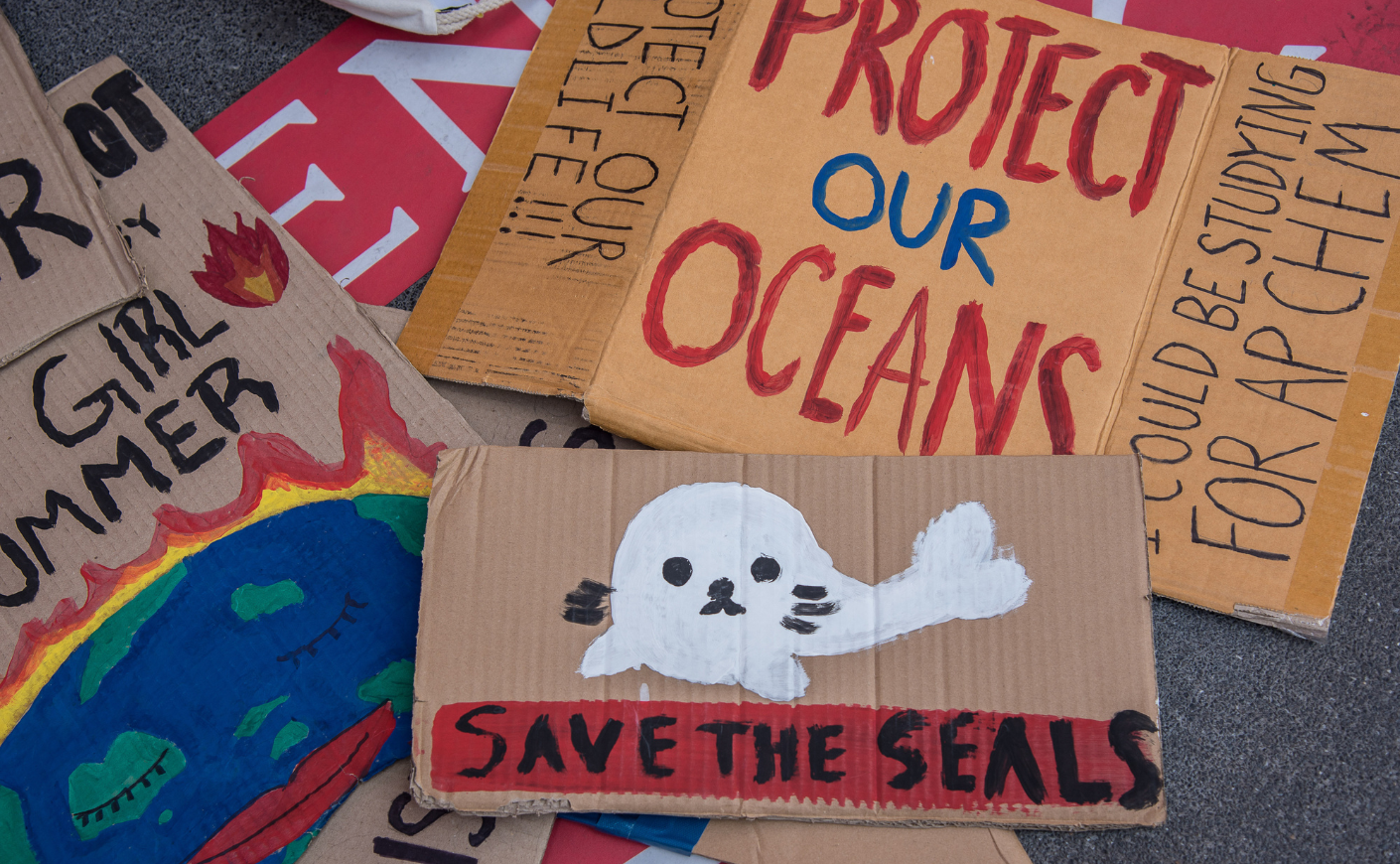In a world where headlines often paint a grim picture of environmental challenges, Earth Day stands as a beacon of hope and possibility.
This annual event, which was celebrated worldwide yesterday, serves as a reminder of our collective responsibility to cherish and protect the planet we call home. For those new to the subject, Earth Day is not just a day — it’s a global movement inspiring positive action and change.
This holiday traces its origins back to 1970, when millions of people took to the streets to protest environmental degradation, demanding a new way forward. The first Earth Day was a turning point in human history. It was a wake-up call that resonated worldwide; it demanded that we listen to our planet’s urgent pleas. Fifty-odd years later, as we face record heat waves, rampant forest fires, and increasingly powerful hurricanes, not to mention the extinction of countless species, I often wonder: What would our world look like today if we had taken Earth Day’s concept more seriously when it was first introduced?

Imagine vast emerald forests, stretching as far as the eye can see. Imagine oceans teeming with wildlife. Imagine brilliant blue skies, free from the haze of pollution. Imagine stepping outside of your home and smelling air filled with the sweet scent of blossoms and the earthy aroma of rain.
This is the world we could have had. This is the world we still could have.
In a truly abundant world, cities would not be bastions of concrete and steel, but vibrant hubs of sustainability and innovation. Each skyscraper would be adorned with rooftop gardens and vertical farms, which would offer a dual purpose of providing fresh produce to urban dwellers and minimizing the heat island effect. Public transportation networks would be powered entirely by renewable energy, seamlessly connecting communities and reducing reliance on fossil fuels.
Think this sounds unimaginable? Shockingly, much of this is already happening in cities around the world, from Singapore to Oslo — but not yet at the scale required for us to mitigate (or even begin to reverse) the disastrous effects of climate change.
Which begs a question: Are we too late to bring this idyllic version of Earth back to life?

As we move through this existentially important period of time — not just for human history, but for the planet in its entirety — we should remember that the future isn’t set in stone. Rather, it’s shaped by the choices we make each day. We still have a chance to rectify our errors. Here’s just one example of the ongoing global efforts to do so: Policymakers are gathering in Canada this month to negotiate a global plastics treaty. This will give us the once-in-a-lifetime opportunity to turn the tap off on plastic production, and curb fossil fuel production once and for all.
So are you in? Do we have the courage to give up some of our most selfish instincts, opt for less consumptive behaviors, and demand the same from those around us — and, especially, from those who rule us? The vision of a sustainable world is not merely a dream, but a tangible reality within our grasp, but it will take all of us. And though the path may be fraught with challenges, I want to encourage us to draw strength from the spirit of the first Earth Day and continue to strive towards a future where humanity operates in perfect harmony with our planet. Let’s do it for our children and grandchildren.
Cristina Mittermeier, Paul Nicklen, and Andy Mann co-founded SeaLegacy in 2014. SeaLegacy’s mission is to inspire people to fall in love with the ocean, amplify a network of changemakers around the world, and catalyze hands-on diplomacy through hopeful, world-class visual storytelling. For more updates on their meaningful work, subscribe to Ripple Effect, Katie Couric Media’s sustainability newsletter.









